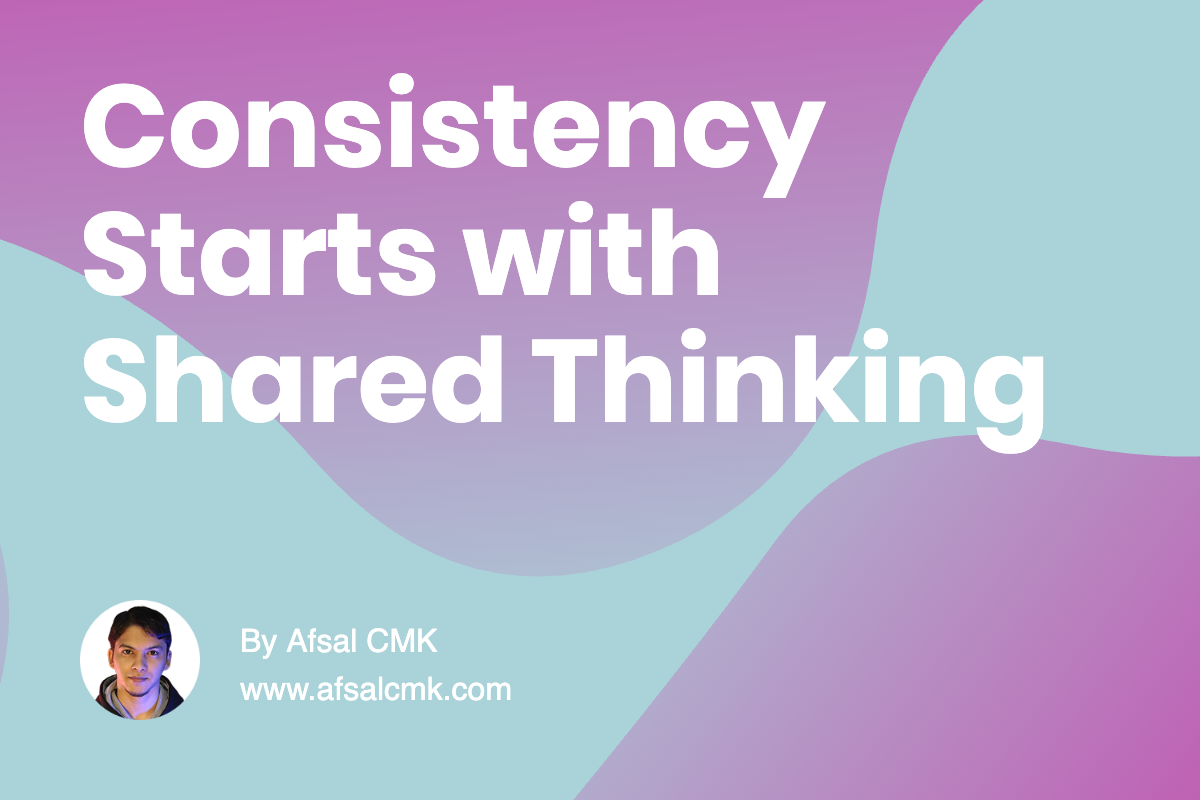
Consistency Starts with Shared Thinking
A few months ago, I joined a design sync between two product streams-one focused on merchants (B2B) and the other on customers (B2C). Both teams were doing great work, but something felt off. The merchant dashboard and the customer app belonged to the same brand, yet the tone, interactions, and even button styles felt like they came from different worlds. Each made sense in isolation, but not together.
That’s when it hit me: consistency isn’t just about visuals. It’s about shared understanding. When multiple design teams work in silos, the product starts to lose its voice. Users may not notice every detail, but they feel the disconnection. The experience stops feeling like one product and starts feeling like a collection of tools.
Partnering with designers across product streams helps bridge that gap. It’s not about enforcing sameness; it’s about alignment. You start by sharing patterns, language, and principles, not just components. When teams regularly exchange ideas and critique each other’s flows, cohesion becomes an outcome, not an afterthought.
Working this way also strengthens the design culture. You learn from different perspectives-how a B2B workflow handles complexity, how a B2C flow focuses on clarity, and how both can borrow from each other. These shared insights often lead to better systems and more scalable design solutions.
Consistency doesn’t mean removing character-it means creating harmony. Each stream can still reflect its audience’s needs, but within a unified rhythm. When all the moving parts of a product echo the same intent, users feel it instantly. It feels thoughtful, dependable, and whole.
In the end, cohesive design isn’t a task to check off-it’s a relationship between teams. The more you collaborate, the more your product begins to speak in one confident voice, no matter who it’s for or where it’s used.